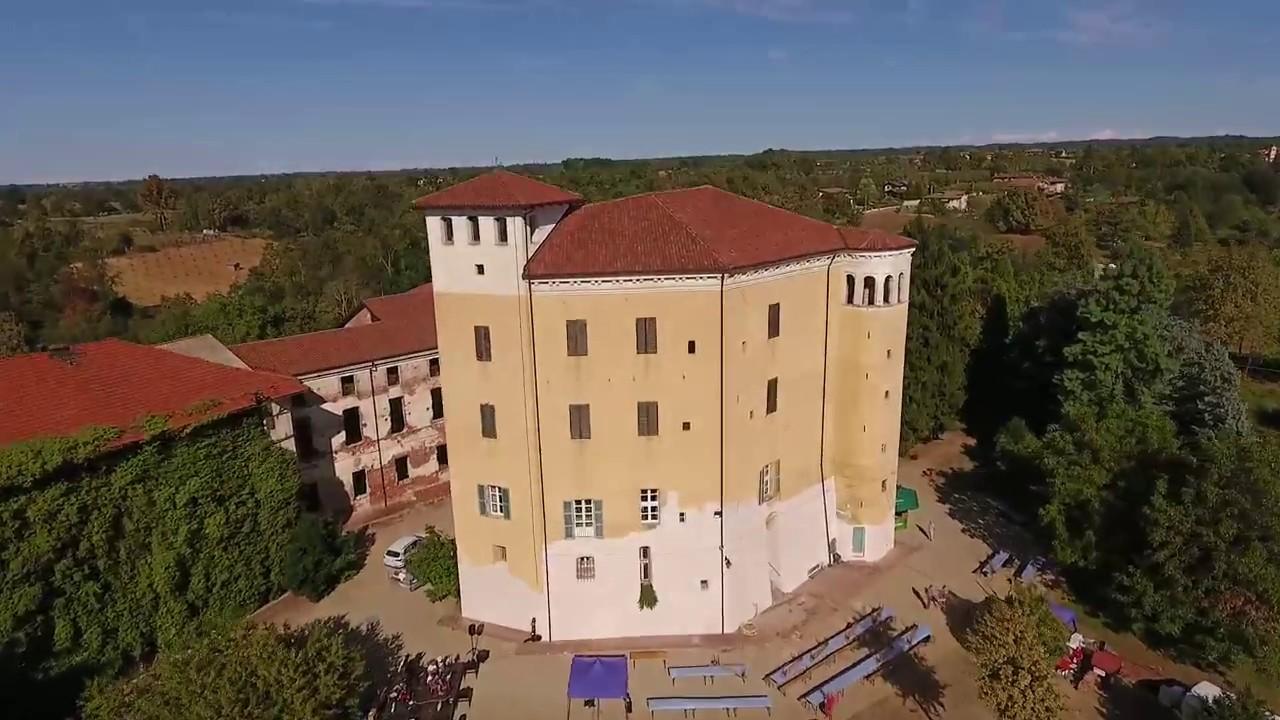Sanfrè
Sanfre’ is a municipality with just over 3000 inhabitants located on the edges of the Roero territory, of which we start having information in the eleventh century under the name of Castrum Sifridi or Sigifridi: initially it was land of the De Brayda and then it became a fief of the Isnardi. His name’s origins are not totally clear: some people say it’s linked to Sant’Iffredo martyred by the Saraceni, some other people say that’s a simple reference to the chill temperature of this land, which is surrounded by hills and flatlands. With a huge agricultural calling, the town met a remarkable industrial growth lately.
MUST SEE:
THE ISNARDI’S CASTLE: The castle was built at the beginning of the 1200s, but there’s nothing left from the ancient building: it was set on fire in the mid-1500s, then rebuilt as a massive elegant residence with rampants and a safe passage that connects it with the parish church. In 1630 the castle hosted Cristina di Francia, wife of Vittorio Amedeo I, who run away from Turin to escape the Plague. Once the Isnardi’s dynasty was extinct, the Castle became the residence of the Consolata nuns until the current owners purchased it about 40 years ago, who open it for guided tours.
SS. PIETRO AND PAOLO’S PARISH CHURCH. It was built at the beginning of the 1700s by the will of the marquises Isnardi, who wanted the building to face Mondovi’, where the bishop’s palace was based. On the front door of the church you can find the Isnardi’s family crest. It was designed with a Renaissance-baroque style by Francesco Gallo, who was the architect of the ellipsoidal dome of the Sanctuary in Vicoforte Mondovi’.
S. AGOSTINO’S CHURCH. It is the seat of the Battuti Bianchi’s confraternity and already existed at the end of the 1500s, but it was rebuilt in 1871.
SAN GIOVANNI’S CHURCH. A baroque-style building, it was the House of the Battuti Neri Confraternity.
CHURCH OF THE SS. TRINITA’. Ancient parish church, it’s been quoted since 1386. Originally the village was located around it, but over the centuries it moved to the plain. Outside it still preserves most of the roman apse.
FUN FACTS
THE FUASET OF SANFRE’
Created by the inhabitants of Sanfre’ at the end of the 1700s, it’s a very simple and easy-to-make dessert, made with sweetened bread dough with the addiction of lemon, butter, eggs and a pinch of salt and baking powder. Passed down from generation to generation and from baker to baker, the fuaset is baked with the typical five cut-off-points shape (that was cross-shaped originally) in the period of Lent, moment in which people prefer to consume a dessert that’s symbol of poverty and simplicity.





